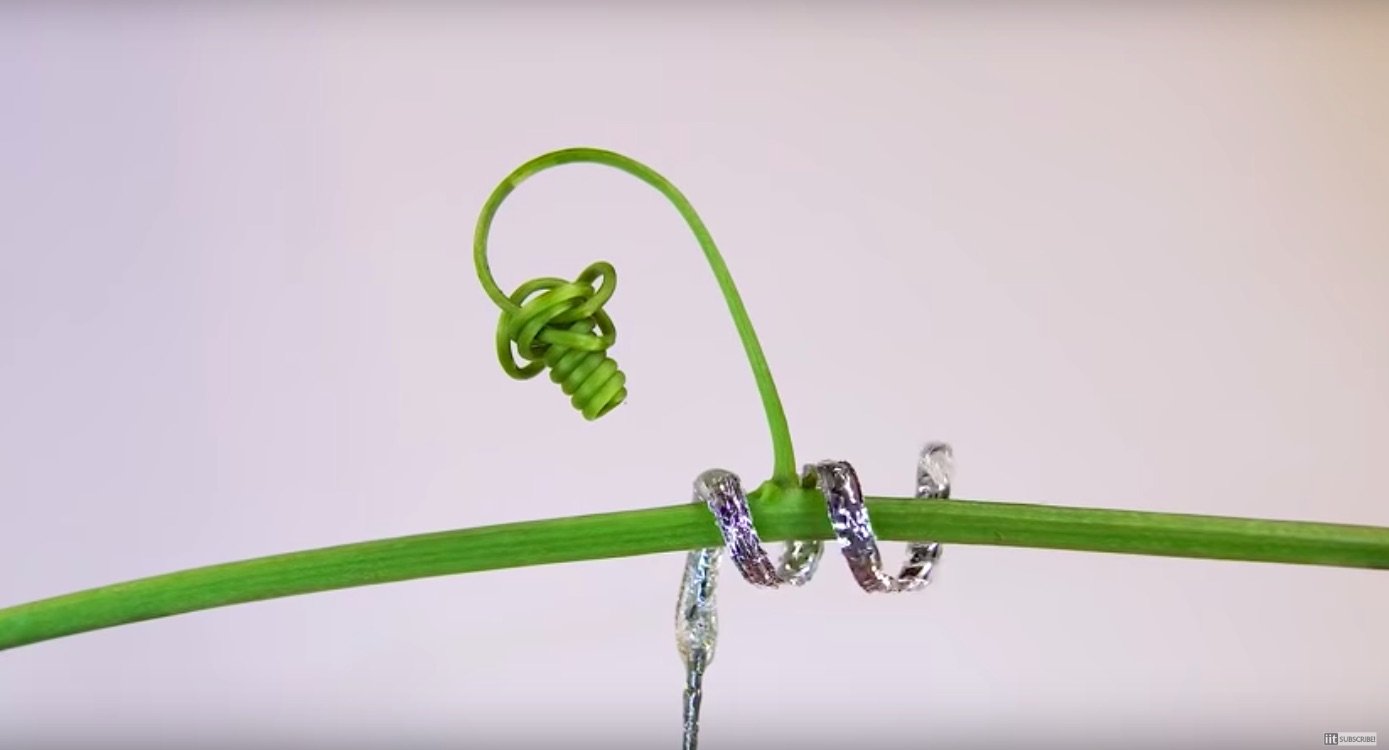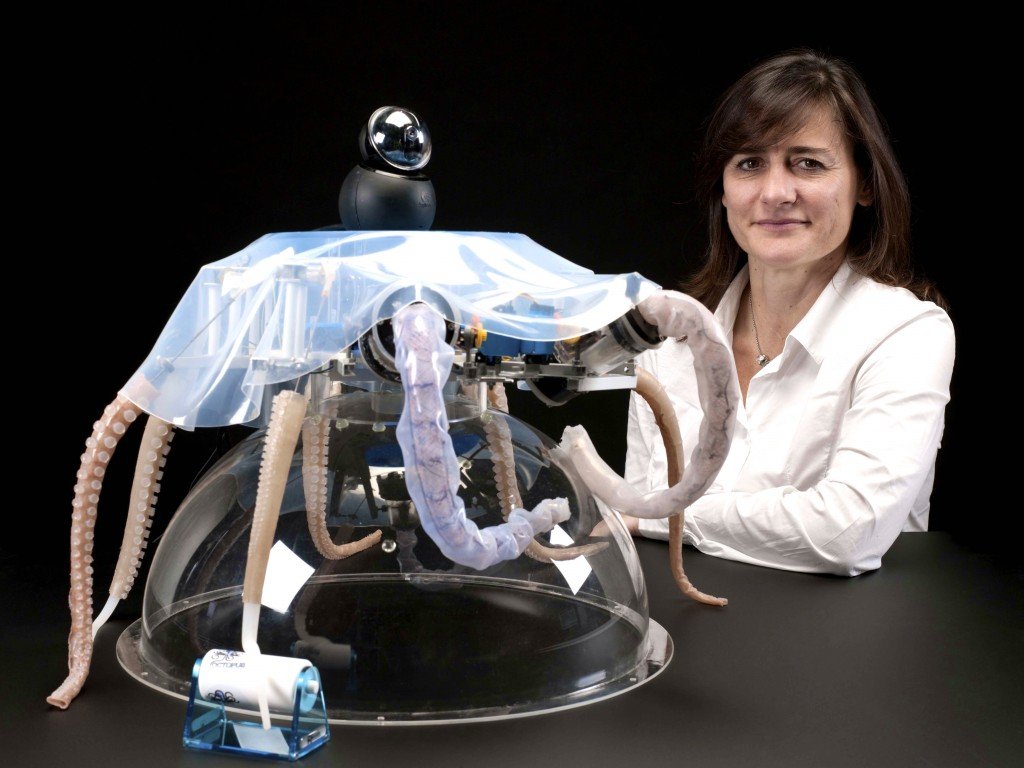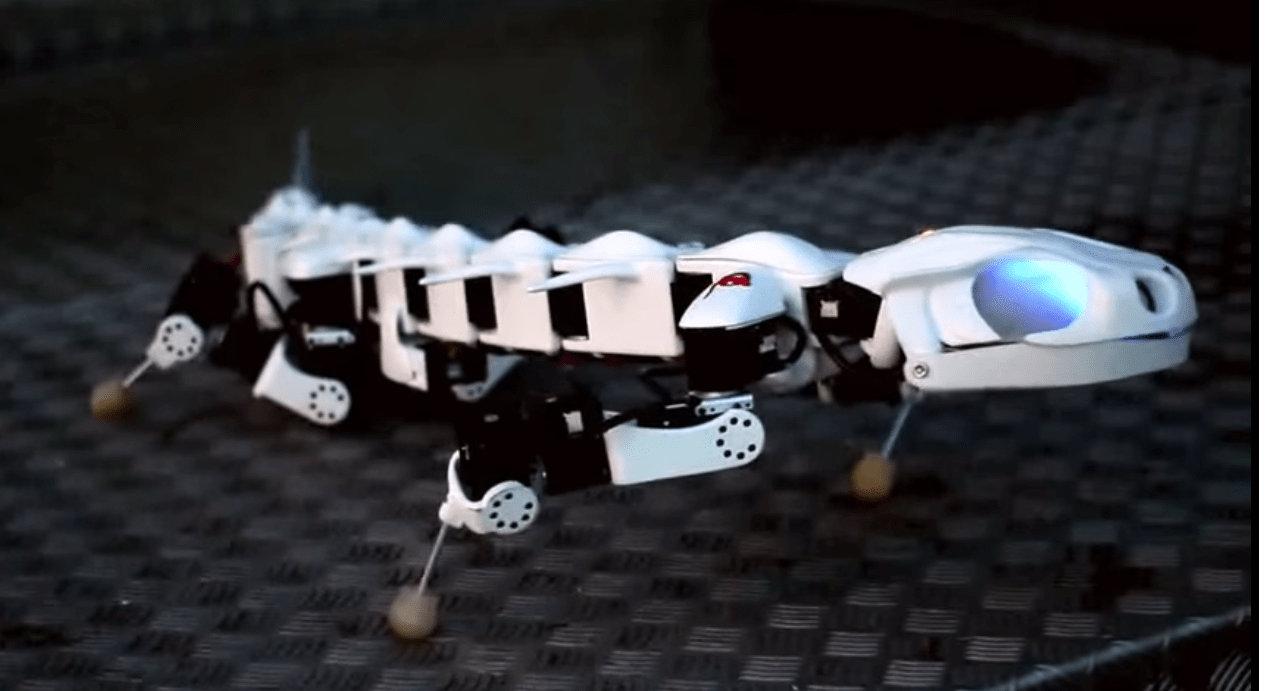© 2000-2023 - Enkey Magazine - All rights reserved
ENKEY SNC - VAT ID IT03202450924 / REA Code CA253701 - Phone. 078162719
Since always the human takes inspiration from the nature for every creation and invention, from the lymphatic system of the trees to the complex mechanism of the human brain. The biorobotic and the soft-robotics are specific fields of the robotic which study and observe the nature, the biological systems, the materials and the shapes to use them in the technological field, especially in the robotic. It is a new generation of mini robots which are different than the ones that we are used to see or imagine, strong and futuristic. Those new robots are soft, they take inspiration from plants and animals.
There are robots that take inspiration from octopus, jellyfishes or fishes, but even robots that take their inspiration from the plants, like the vines, for example.
The mini vine robot
In the IIT (Italian Institute of Technology) was born the first robot that takes inspiration and that acts exactly like a vine plant, by using a math model. The research’s team that realized the soft robot is coordinated by Barbara Mazzolai, with the help of the technologist of materials Edoardo Sinibaldi and of the spacial engineer Indrek Must. The project was presented then to the magazine Nature Communication.
The robot is able to move and to change shape, by climbing like a plant through the osmosis, so using to move the transport of the water inside it.

The body of the artificial vine was realized with a PET tube, inside which runs a liquid with ions. Thanks to a battery the liquid inside the tube gives life to an osmosis process which allows the robot to move and to act exactly like a vine plant.
It is the first time that one was able to bring the osmosis in the robotic and the invention is amazing because it demonstrates us that it is possible to create mini robots that easily suits itself with the surrounding environment, by avoiding the obstacles and without makes damages to objects or living beings.
Basically the vine robot would be used in the field of the wearable technologies, but even in the realization of robotic arms incredibly flexible.
The octopus robot
Let’s remain in Italy, where, the Institute of Biorobotic of the Sant’Anna High School in Pisa, realized a soft robot inspired to an octopus.
The project starts from the study of the amazing sensory-motor ability of the octopus, to arrive to realize a robot fully soft and dynamic.

“The challenge is to copy the principles thanks to which a muscle contracts and tenses, which means the basic mechanisms for the functions like the motion and the handling items”.
A mini octopus robot should be really useful in the medical field. It would be, infact, able to enter in the human body, easily get around organs and delicate parts, by arriving until the point where we need to act.
The mini jellyfish robot
The Italy is not the only one which is studying the complex mechanism of those amazing sea animals to reacreate them in the robotic. Next to the octopus robot, infact, we find the jellyfish robot, a mini robot of just three millimeters. It’s been created in the Max Planck Institute, in Germany, and it is moved through a magnetic field, without wires.
From the main body, of just three millimeters, starts eight mini tentacles, which are able to contract and to extend themselves, to swim, to bring objects, to dig and to mix the surrounding liquids.
It’s the first time that a such small robot is able to handle objects.
The salamander robot
To the Politechnic of Losanna, in America, they are studying the amphibian robots. From here, infact, comes out many robots inspired to the animal world, from the amphibian snake to the robotic fish until the Pleurobot, the salamander.
During the study were carefully observed the movements of the animals, both while walking and swimming, by detecting 64 points on its skeleton. 64 points that were, obviusly, reproduced on the robot’s exoskeleton, by allowing it to easily move exactly like a real salamander.

But those are, obviusly, only few examples of robotics inspired by nature. It’s been realized many robots inspired basically to every animal, from the kangaroo to the butterflies, from the seagull to the bees, finishing with so many mini insect robots. Even from the vegetable world one constantly takes inspiration. The vine, infact, isn’t the only example of how the robotic takes inspiration from the plants. It was already tryed to reproduce roots and leaves.
At the end of all the human didn’t invent nothing, he only copied what already existed in nature.
This post is also available in:
 Italiano
Italiano

